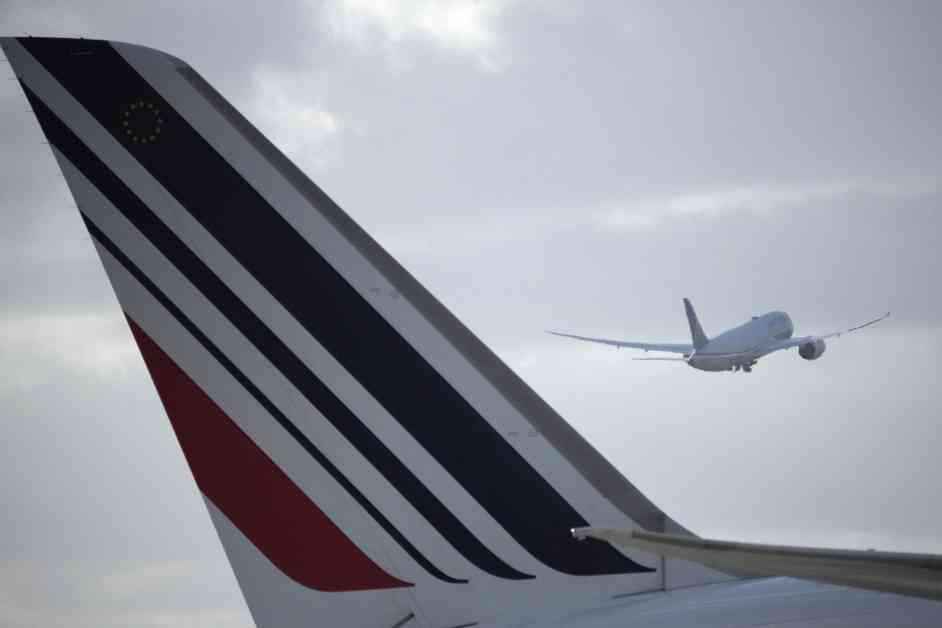Air turbulence is a common fear for anxious airplane passengers, as these sudden and irregular air movements can be unsettling. Just a few weeks ago, passengers on a Singapore Airlines Boeing experienced a frightening ordeal when the aircraft plunged 1800 meters in just a few minutes, resulting in the tragic death of a 73-year-old man and injuring around a hundred others. Turbulence has always been a concern in aviation, but the impact of climate change is exacerbating the issue.
There are three types of turbulence: those that occur over mountains, those within clouds, and turbulence in clear skies, which are more difficult to detect. It is this last type that is being affected by climate change. The warming climate is influencing the jet streams, which are strong winds that blow from west to east in the Northern Hemisphere. These winds result from temperature differences between the warmer Tropics and the colder North Pole at high altitudes.
With climate change, these temperature differences are intensifying, altering the structure of winds and wind shears at high altitudes where commercial airplanes fly. This leads to increased frequency and severity of turbulence, turning some moderate turbulence into severe turbulence. This trend will continue unless we reduce greenhouse gas emissions responsible for climate change.
Scientists have noted that the worsening turbulence due to global warming is particularly prominent in the subtropical zone, including East Asia, the Middle East, the Americas, and North Africa. Despite these challenges, airplanes today are designed to withstand severe turbulence, even in a warmer climate. However, incidents like the one involving Singapore Airlines may become more common, resulting in additional costs for airlines due to aircraft damage.
Climate change also impacts aviation in other ways, such as extreme heat waves affecting takeoff. As air becomes hotter, the aircraft’s lift decreases, requiring airlines to reduce the weight of the plane by carrying fewer passengers or baggage, or lengthening runways. This presents a paradox, considering the detrimental impact of air travel on the climate.
In conclusion, the effects of climate change on air turbulence are becoming more pronounced, posing challenges for the aviation industry. By understanding these impacts, we can work towards solutions that mitigate the risks associated with turbulent flights in a changing climate.

